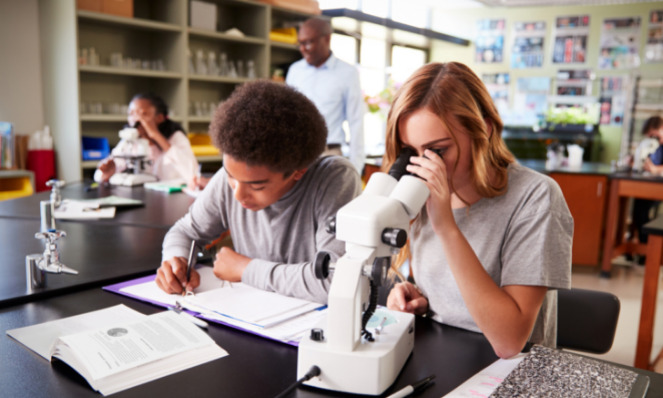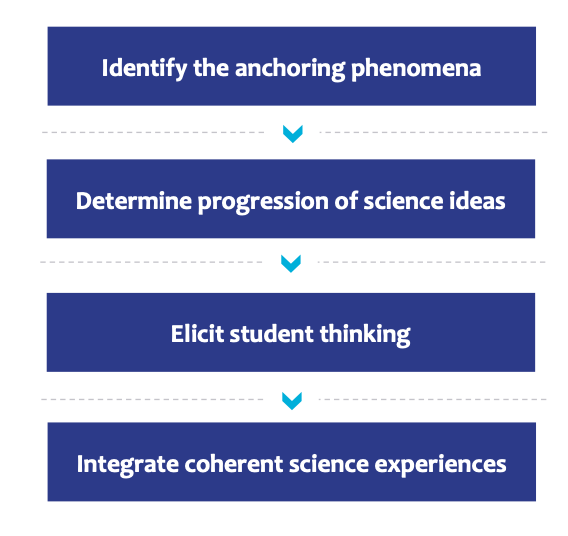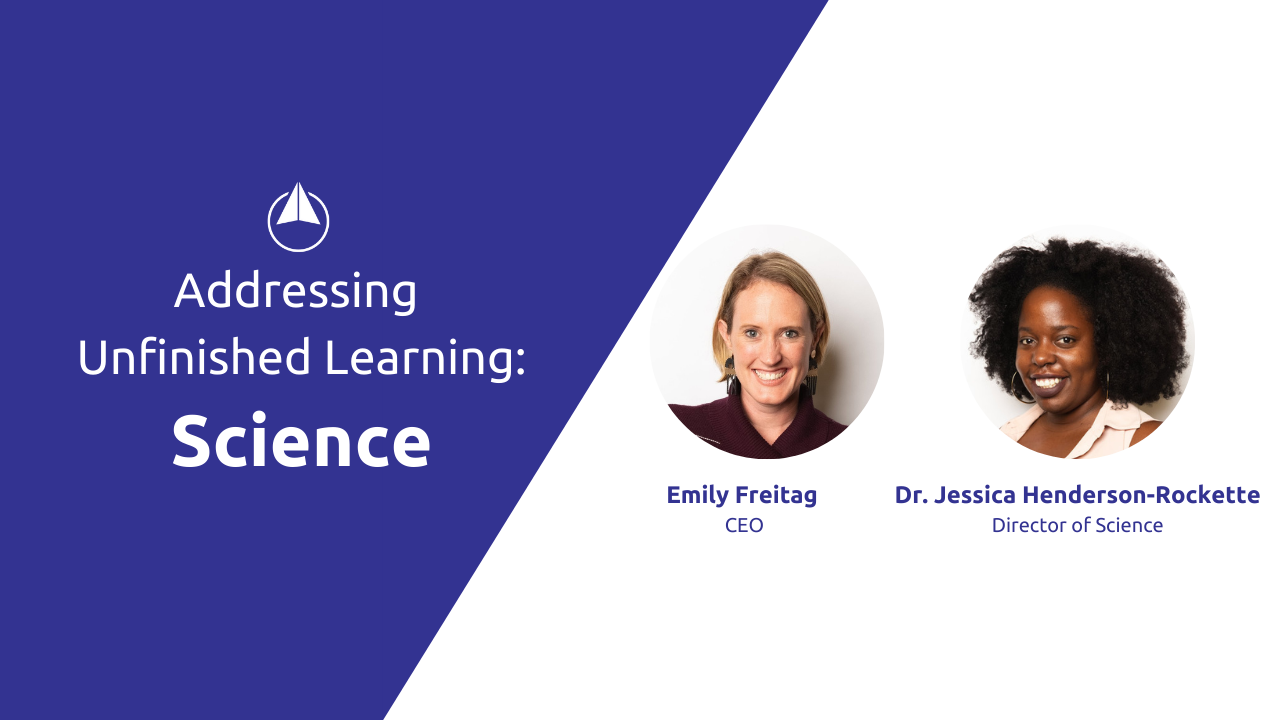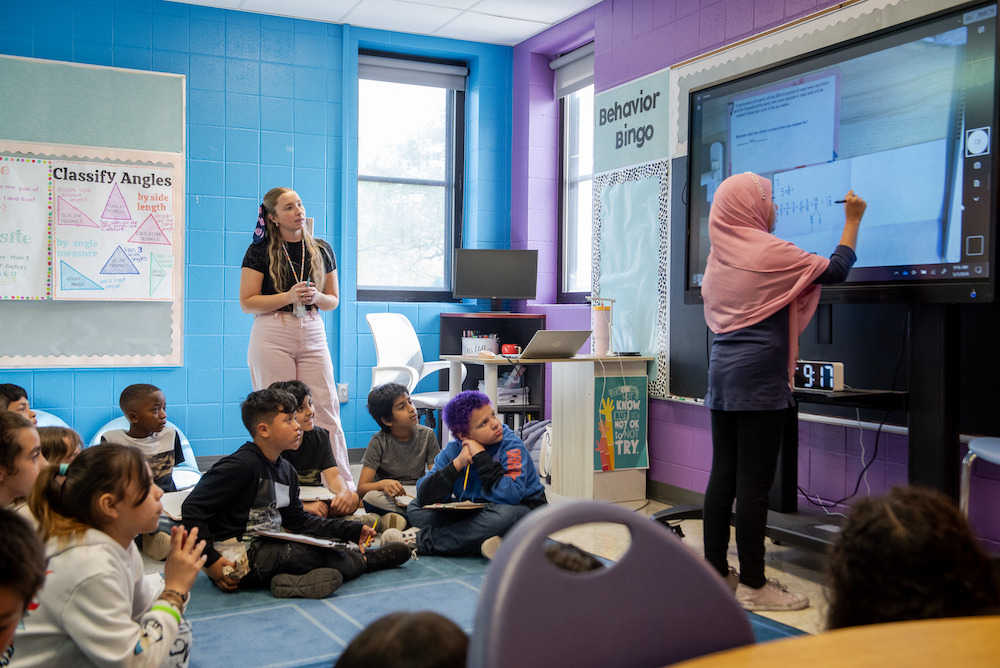
Supporting Unfinished Learning in Science
Are you looking to build your team’s capacity to address unfinished learning? We’re offering customized, content- and role-specific support for instructional leaders. Learn more here.
I’ve shared that supporting unfinished learning requires complex work that lives in the details of daily instructional decisions. I’ve argued that we risk harm when we try to oversimplify or treat all subjects the same way, and I’ve invited you to brave the weeds on a tour of content-specific examples. Last week we looked at fourth-grade math; this week let’s dig into middle school science.
How did you first learn about the water cycle? A song? A video? A graphic involving clouds, oceans, rain drops, and water vapor? Me too. As it turns out, we were short-changed.
Great science instruction (and scientific thinking) anchors to questions, not infographics; it explores the phenomena of our world and empowers students to ask and answer new questions. Instead of being told “this is how the water cycle works,” great science instruction helps students construct their own understanding of how the water cycle works by engaging in the phenomena of our world—for example, a hail storm or a hurricane or the condensation on a cold can of soda on a hot day. It starts with questions like, “What is going on there? What do I know that can help me explain it? What do I need to know more about and how do I find that out?” And it ends with students exploring the evidence from different interactions in order to construct a model that explains the answer.
When we understand this vision of phenomena-driven science instruction, it is easy to see that the way to support unfinished learning in science is simply to teach science and to teach it well. Because at its core, science is all about discovering and pursuing unfinished learning.
The progression of disciplinary core ideas in science deepens over time, but engaging in science does not have the same kind of load-bearing walls as mathematics—missing the earthquake unit does not prevent a student from launching into the digestion unit. However, depending on the design of the unit, teachers may need to reinforce some core ideas so that students can engage in key activities.
And across topics, engaging in authentic scientific thinking is a muscle that develops with practice. Students will come into a unit with a range of strength in this scientific thinking and teachers will need to be ready to help students find the questions and build the muscle of finding the path to the answer, without reverting to “giving students the answer.”
Practically speaking, when we tested different approaches to supporting teachers’ planning in science with attention to unfinished learning, we found several steps at the unit-planning level that helped teachers prepare for and address unfinished learning:

This video has more detail on the process:

You can download the presentation from the video here.
There have never been better resources to support great science instruction:


